Proms are a big deal for most high school students. Imagine being denied entry to a prom night simply because you’re not following the dress code.
Yet, that’s exactly what happened to Sophie Savidge, a Florida teenager who was turned away from the dance because she wore the wrong outfit. Follow her story here.
Excited and Ready to Go
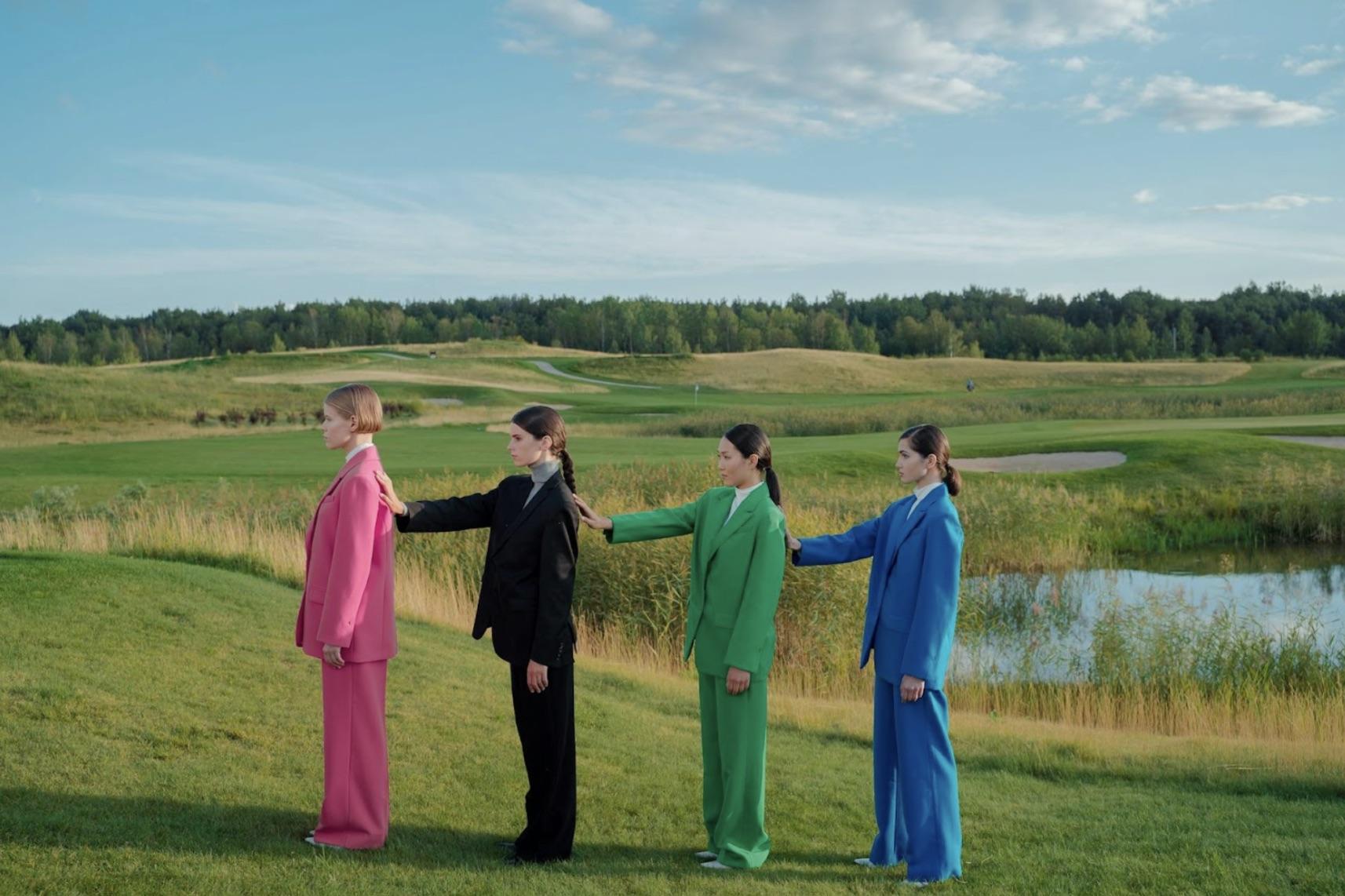
Sophie was all dressed up and ready to go to her junior prom at Mason Classical Academy in Naples, Florida. She dressed up in a prom suit, instead of a prom dress.
But clearly, the teenager’s enthusiasm was high, as reported by her mother. Holly Savidge, Sophie’s mom, said, “She was excited. We took a couple of pictures.”
Strict Guidelines for Formal Attire
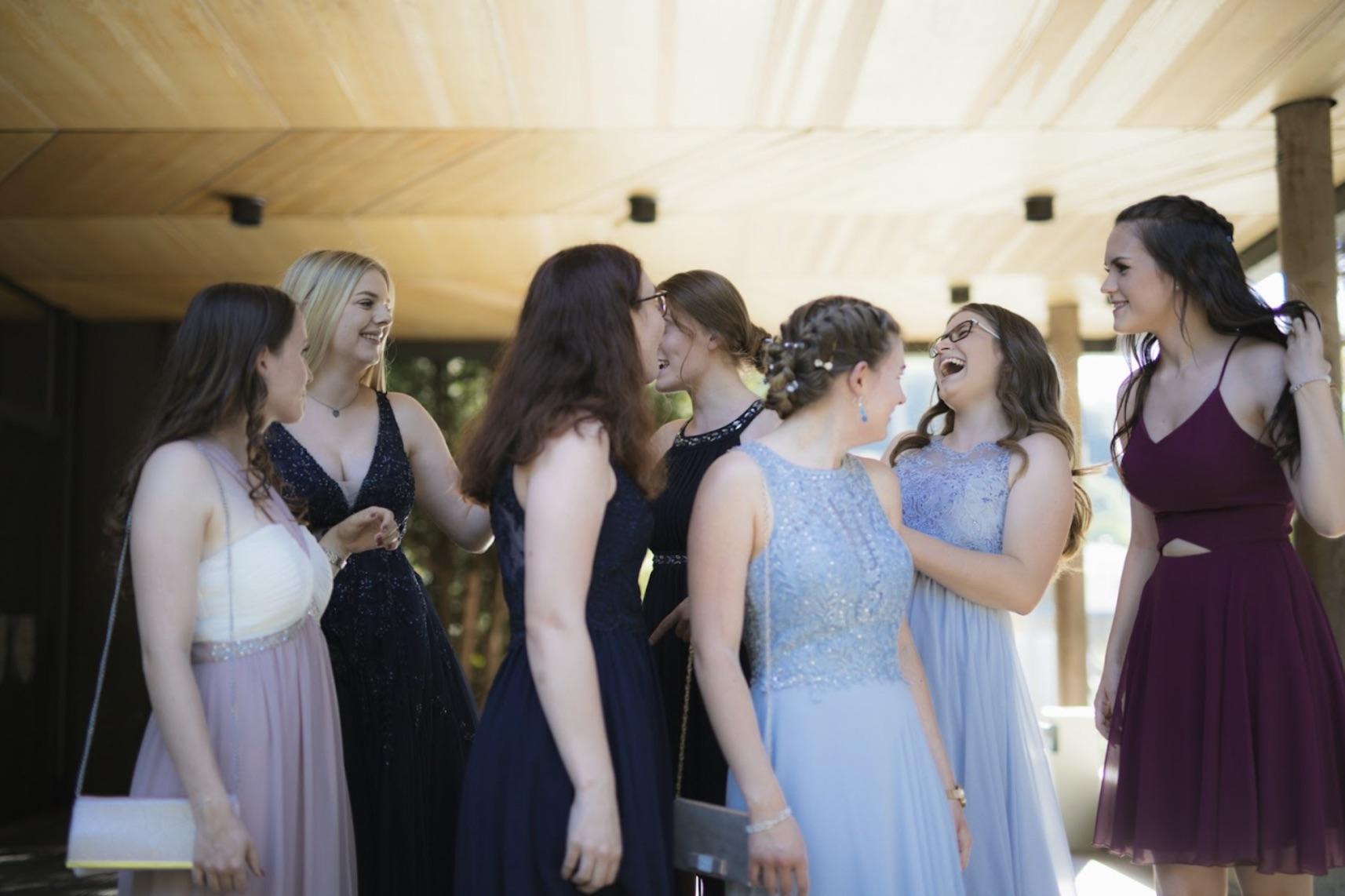
As she got to the venue, however, a school administrator pulled Sophie aside and prohibited her from entering the party. “Because she was in a suit and not a dress because she is female and not male,” reported Holly.
The school was very strict in enforcing their guidelines for formal attire. Female students were only allowed to wear an evening gown, cocktail dress or one-piece attire.
Refusing to Change
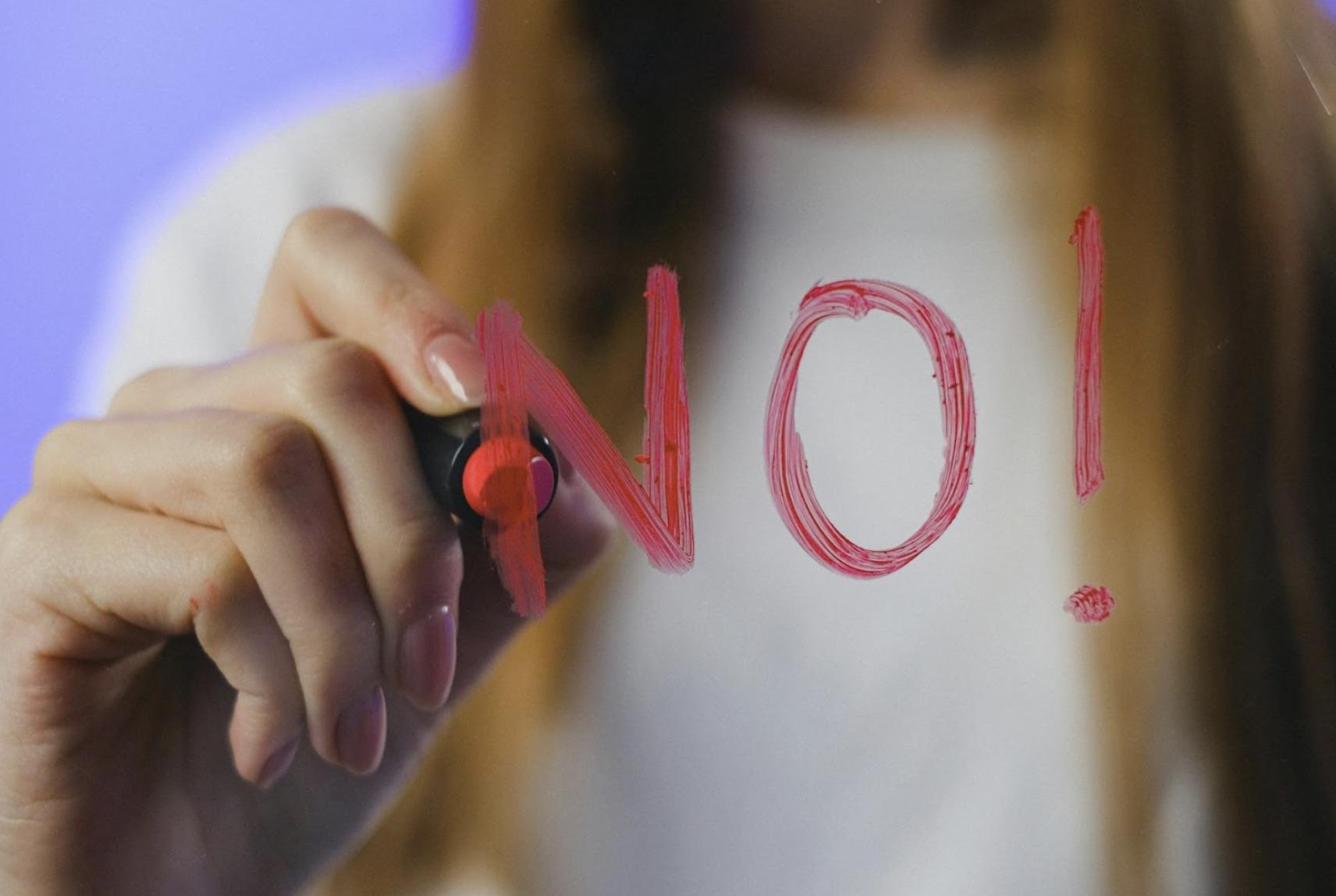
Sophie was told she could return to the dance if she changed clothes. But the teenager decided no, she wasn’t going to do that. And she has her own reasons.
“The main thing I like about school dances is being able to hang out with my friends and have a fun time. I think wearing a dress would have distracted me from that, and it would have dampened how much fun I had,” she said.
Fun Night Out With Mom

Sophie chose to go out for some fun with her mom, Holly. “We went and got ice cream and talked about it,” Holly said. “And she cried about it.”
Holly felt that the school, which Sophie has attended since second grade, needs to keep up with the times. “We realize this isn’t going to change anything for Sophie, but we’d like it to change for kids in the future. They shouldn’t have to feel humiliated for being who they are.”
Prom Do-Over

To make it up for her missed opportunity, Sophie planned on attending a fancy dinner with her friends on the weekend.
Like her mom, Sophie also hoped the school would relax the dress code for special events in the future. She wanted other girls, who feel more comfortable in pants, to keep being who they are.
School Statement

Mason Classical Academy released the following statement about the incident. They stated they “[have] clear dress code guidelines for all dances. The dress codes are clearly presented and outlined to all students and parents.”
The statement continued: “Any student who shows up to an MCA dance and does not abide by the dress code is given the opportunity to return to the dance in the proper attire. All students are treated equally at MCA and are welcome and encouraged to attend these voluntary events.”
Considering Other Schooling Options
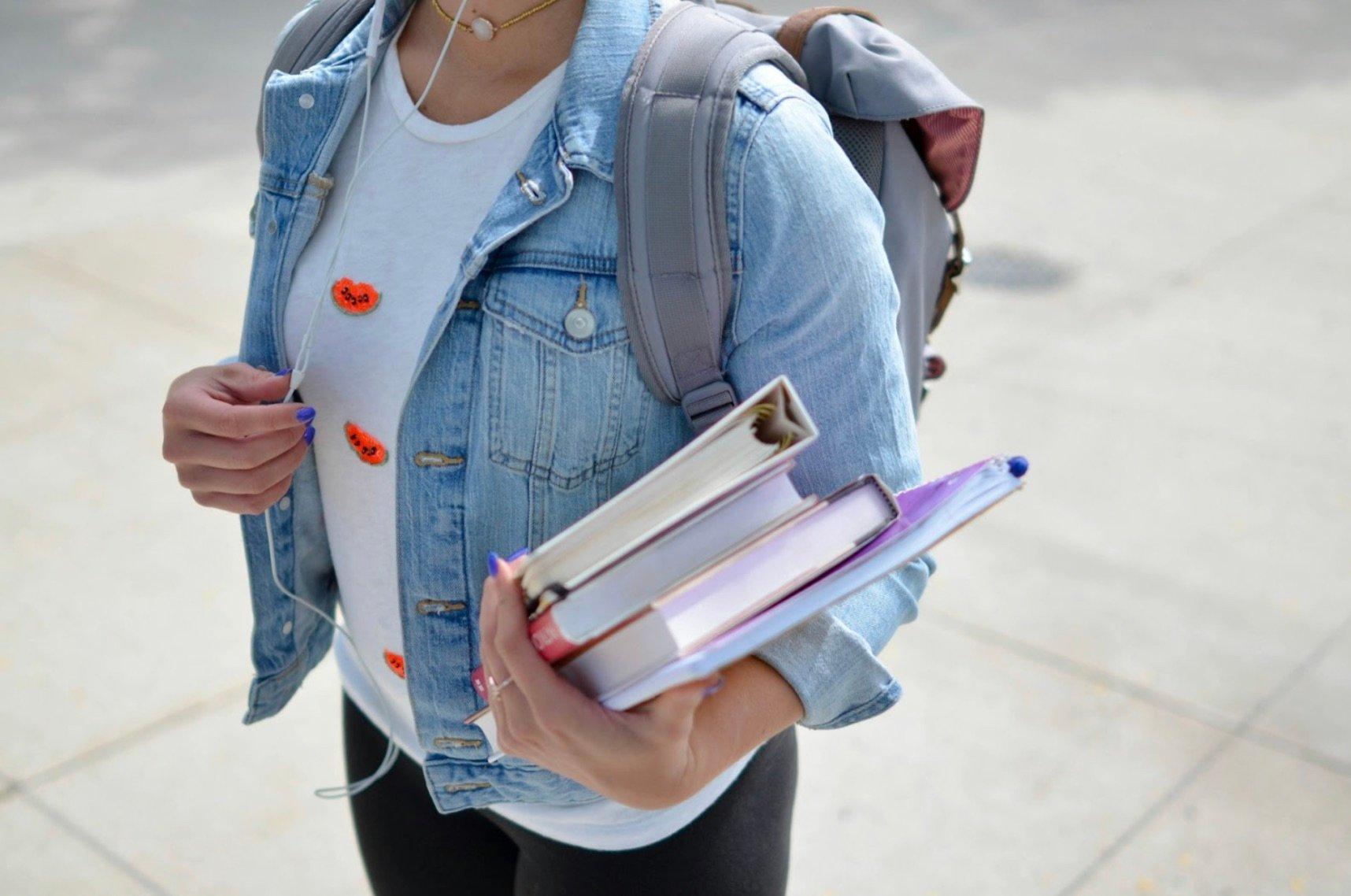
No matter what explanation the MCA has, it seems the incident has soured the school’s reputation in the Savidges’ eyes. The Savidge family is said to be considering other options for Sophie’s senior year.
Sophie could be studying under a dual enrollment program or a virtual school. Still, it doesn’t change the fact that she’s never going to get her junior prom experience back.
Reactions From Social Media
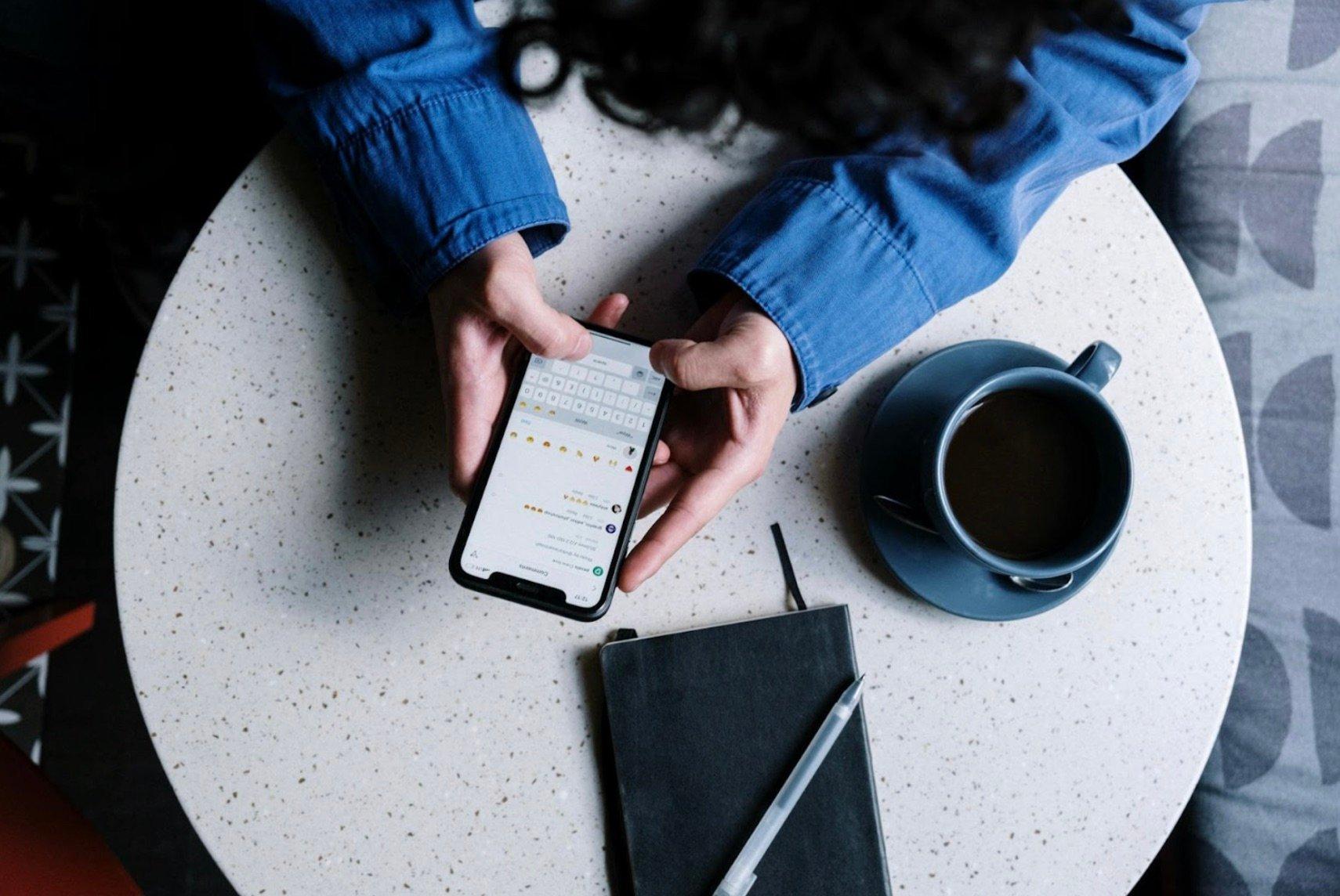
The story received polarizing responses. There were supporters for Sophie on X, formerly known as Twitter: “Could someone tell Sophie Savidge for me that I love suits.”
Meanwhile, another user disagreed with the support for Sophie, saying: “The school has a dress code, that was violated. … She has to abide by rules, not rules bend for Sophie.”
Support From Local Designer
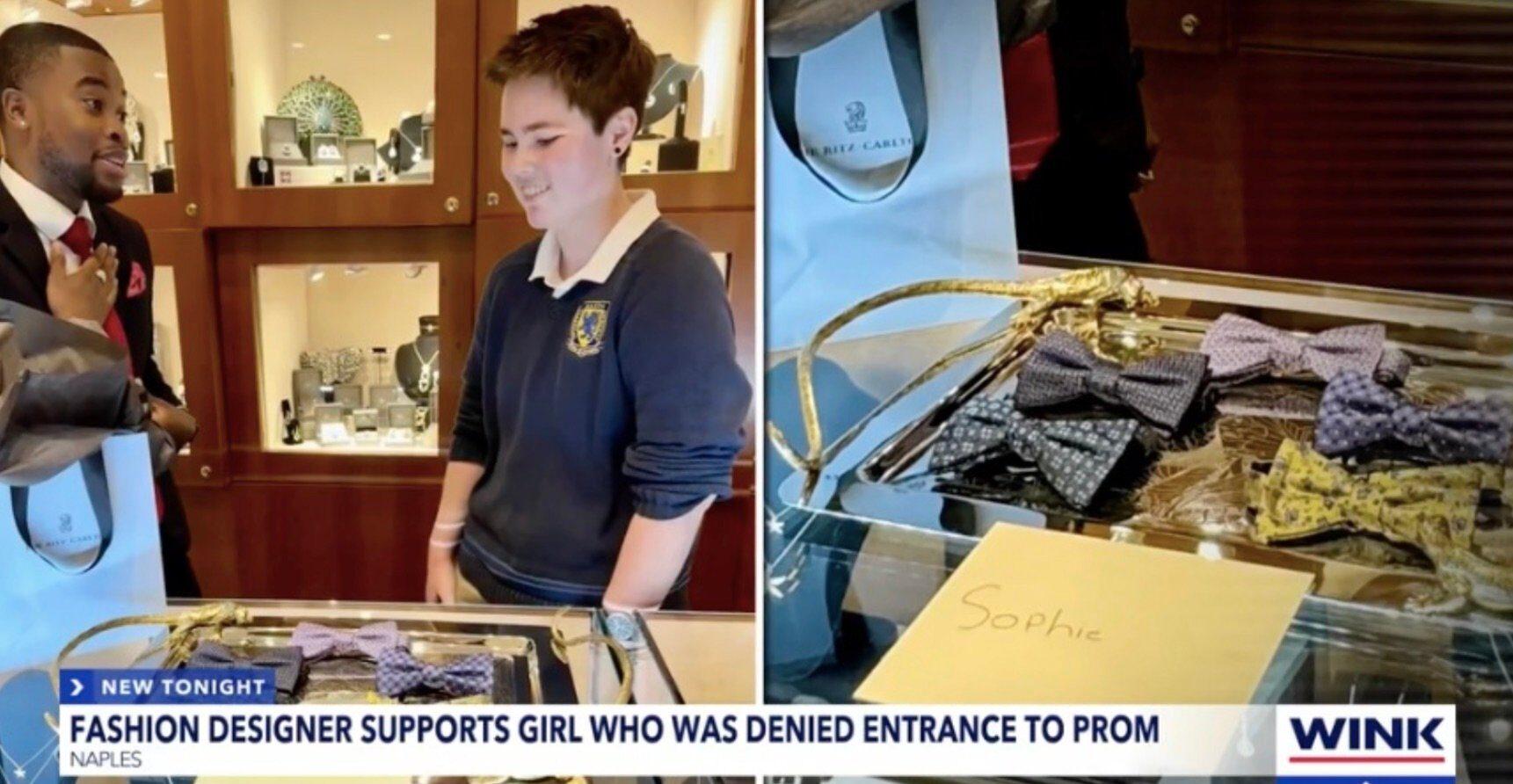
But Sophie’s story resonated with Naples-based fashion designer Peter Jean-Marie. After hearing about the incident, Jean-Marie invited her to his boutique and gave her a gift of a set of bow ties.
“She made a pretty strong statement,” Jean-Marie said. “And I’m for women wearing suits. I love suits, and I think she looked great and amazing in it.”
Be True to Themselves
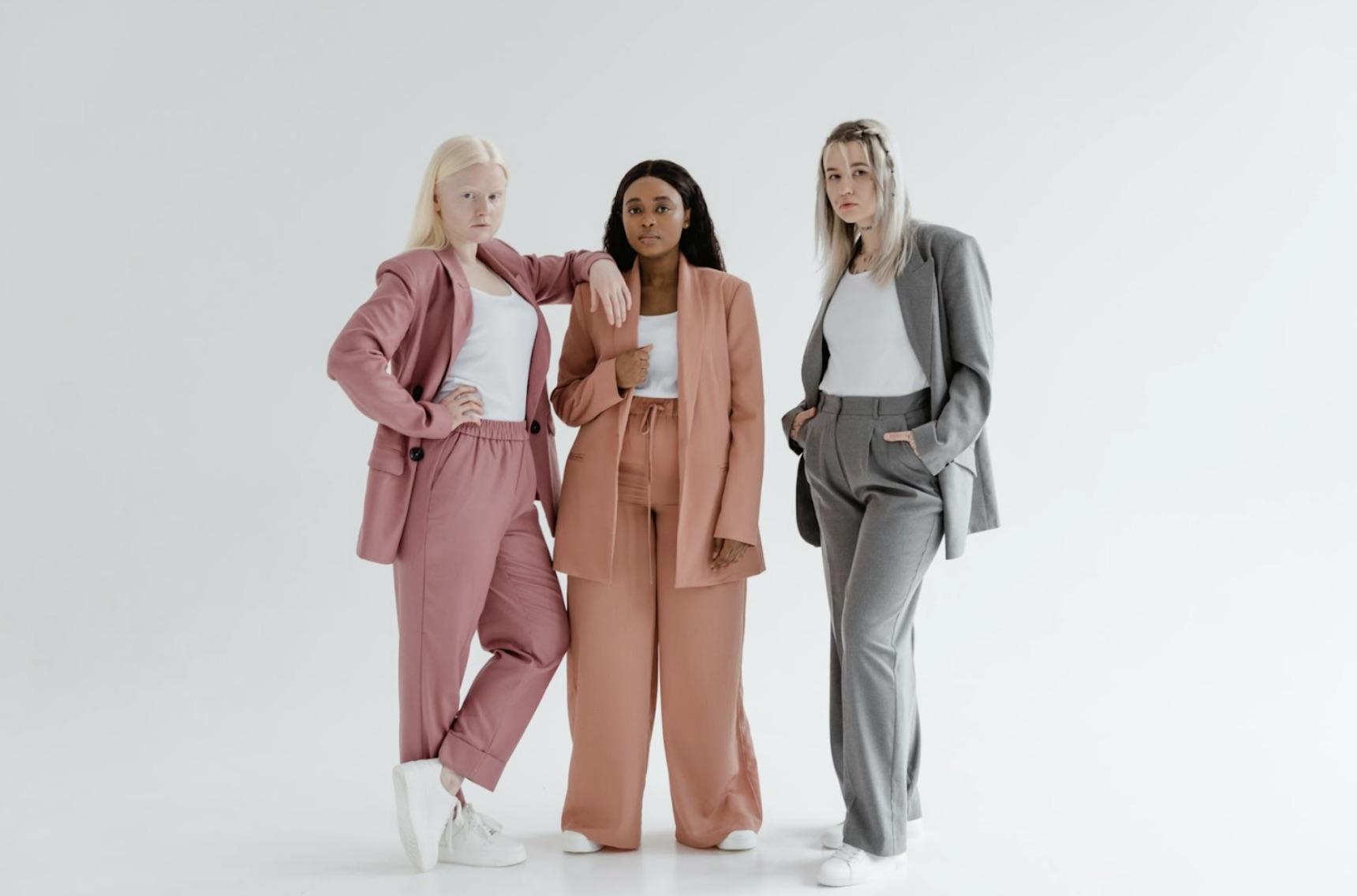
Sophie said she planned to wear one of the bow ties she got from Jean-Marie to the do-over fancy dinner with her prom group.
She also reportedly reached out to other girls and found out some, like her, felt more comfortable in pants rather than a dress. She hoped these girls could stay true to themselves.
A Fashion Statement
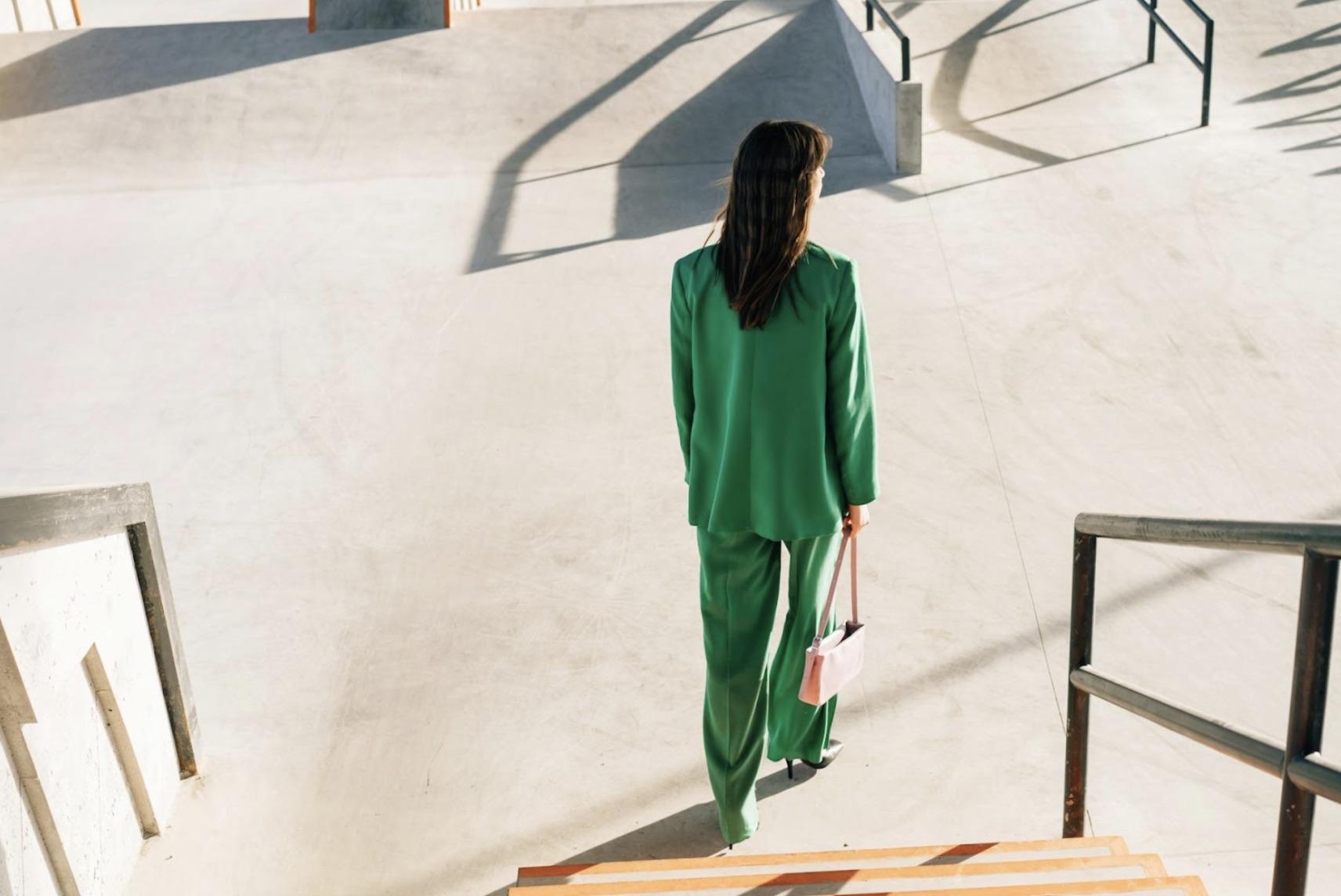
While the school might have strict dress code guidelines, there’s no denying that times have changed, and women wearing a full suit with pants (sometimes with ties) is no longer a taboo. Instead, it’s a fashion statement.
Plenty of A-list celebrities have been wearing suits to red carpets and major events. Zendaya, Celine Dion, Dakota Fanning, Nicole Kidman and Khloe Kardashian are only some of the celebrities known to wear suits and pants to events. So it seems that Sophie is in really good company.
Legal Perspectives on Dress Codes
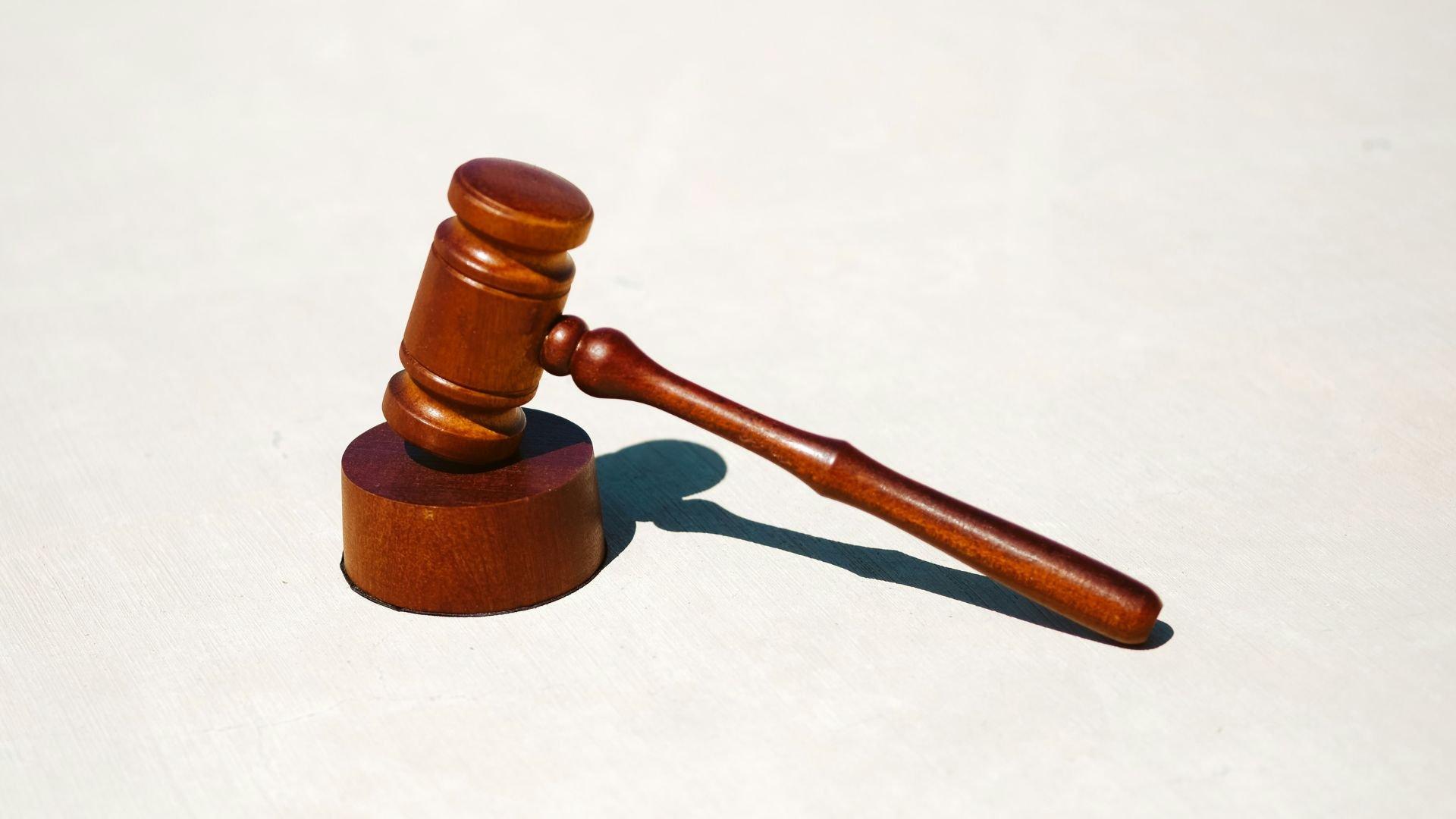
School dress codes often walk a fine line between maintaining decorum and infringing on personal freedoms. Legal challenges have arisen where students, like Sophie Savidge, feel discriminated against based on their attire.
Such cases highlight the ongoing debate over individual expression versus institutional regulations.
Case Studies in Dress Code Disputes

Several high-profile legal battles have set precedents for dress code disputes. In one case, a student won the right to wear a tuxedo to prom, arguing that the dress code was discriminatory.
These cases often hinge on interpretations of anti-discrimination laws, demonstrating the evolving legal landscape surrounding student dress codes and gender expression.
Impact on Student Identity
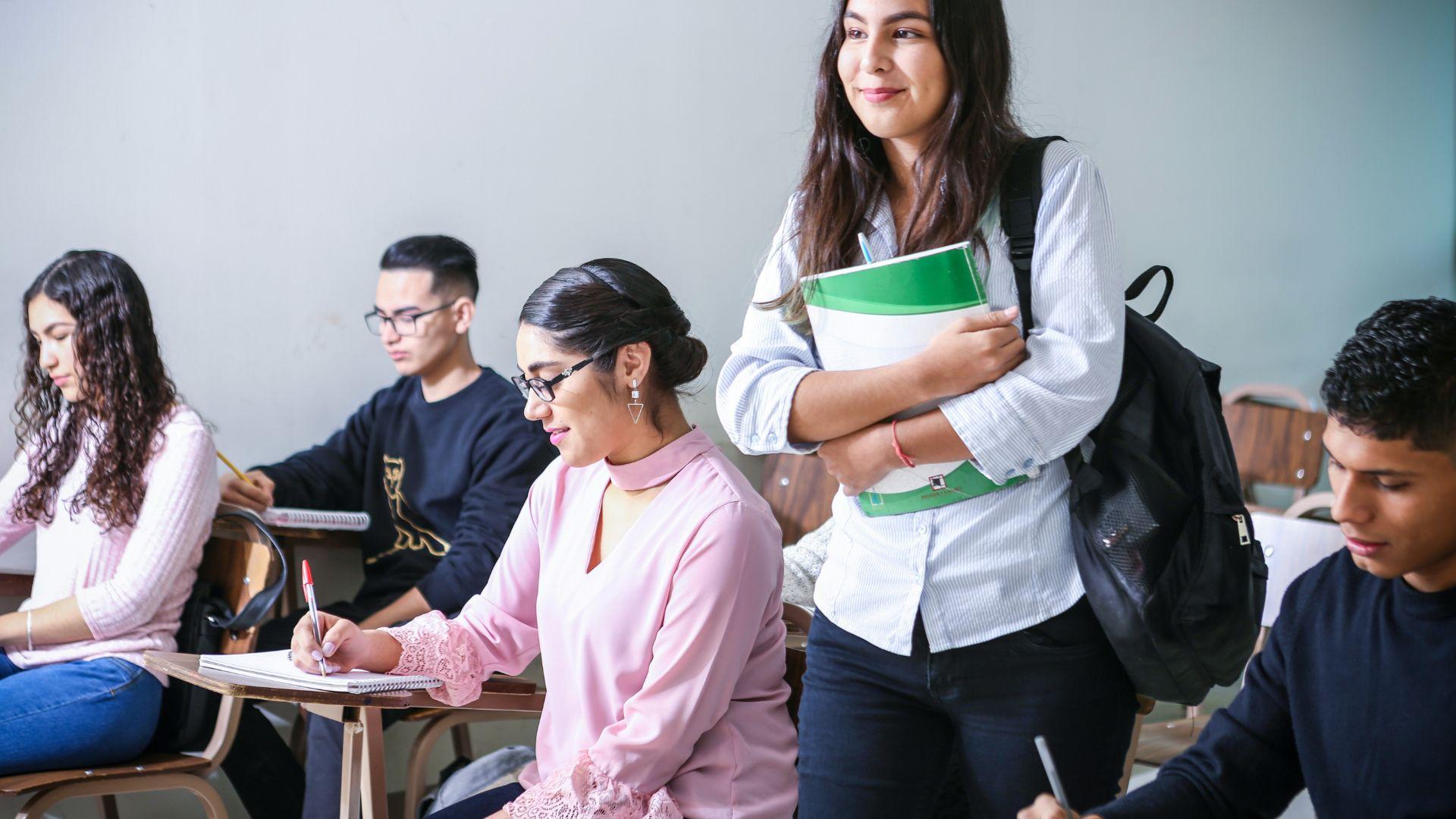
Strict dress codes can profoundly affect students’ sense of identity and self-worth. When schools enforce gender-specific clothing, students who don’t conform can feel marginalized.
Psychologists argue that these policies can lead to long-term issues with self-esteem and mental health. Allowing students to express their true selves through attire can foster a more inclusive and supportive school environment.
Psychological Effects of Dress Codes

Research indicates that restrictive dress codes can contribute to anxiety and depression among students.
For those who do not conform to traditional gender norms, the pressure to dress a certain way can be overwhelming. Schools that adopt more inclusive dress codes can help mitigate these negative effects, promoting a healthier psychological environment for all students.
The Role of Fashion in Dress Codes
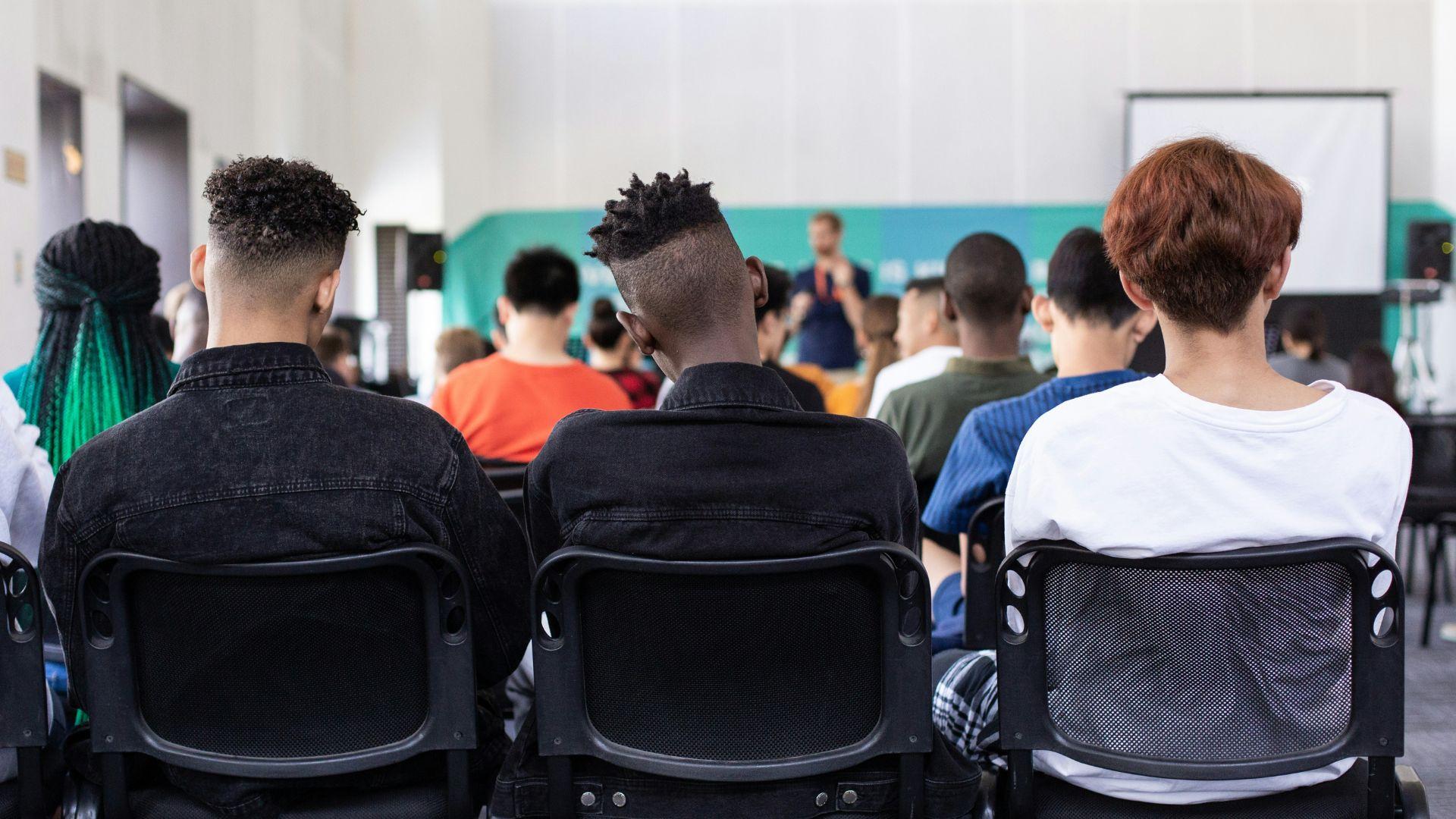
The fashion industry plays a significant role in shaping societal norms, including those in educational settings.
As designers embrace more gender-neutral and diverse styles, these trends slowly permeate school policies. The rise of androgynous fashion highlights the need for dress codes that accommodate all forms of self-expression, challenging outdated notions of appropriate attire.
Designers Advocating for Change
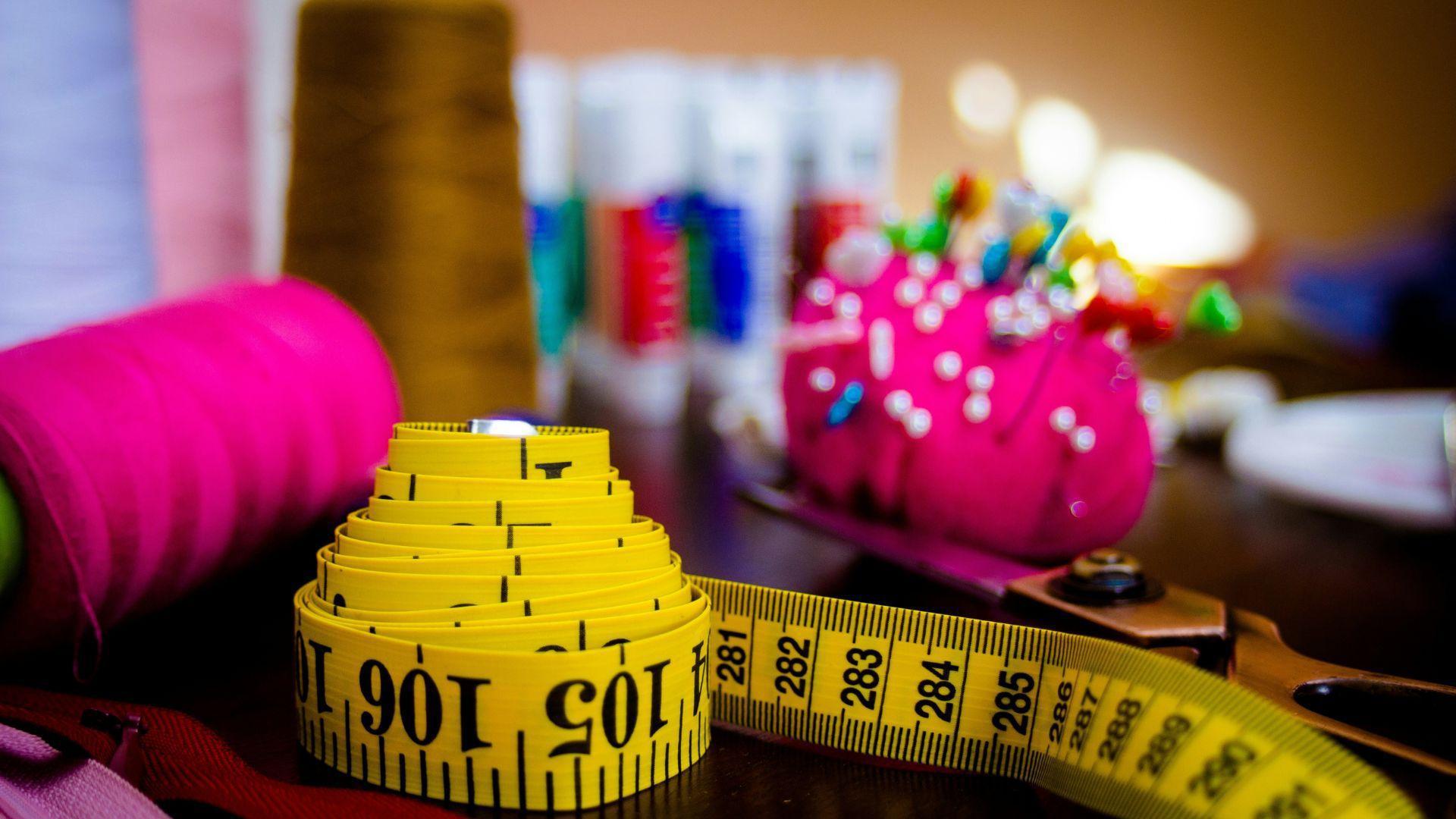
Fashion designers like Peter Jean-Marie are at the forefront of challenging traditional dress codes. By showcasing diverse and inclusive styles, they push for broader acceptance in formal settings.
Their influence encourages schools to reconsider restrictive policies, promoting a culture where students can dress in ways that reflect their true identities without fear of exclusion.
Educational Consequences of Dress Code Conflicts
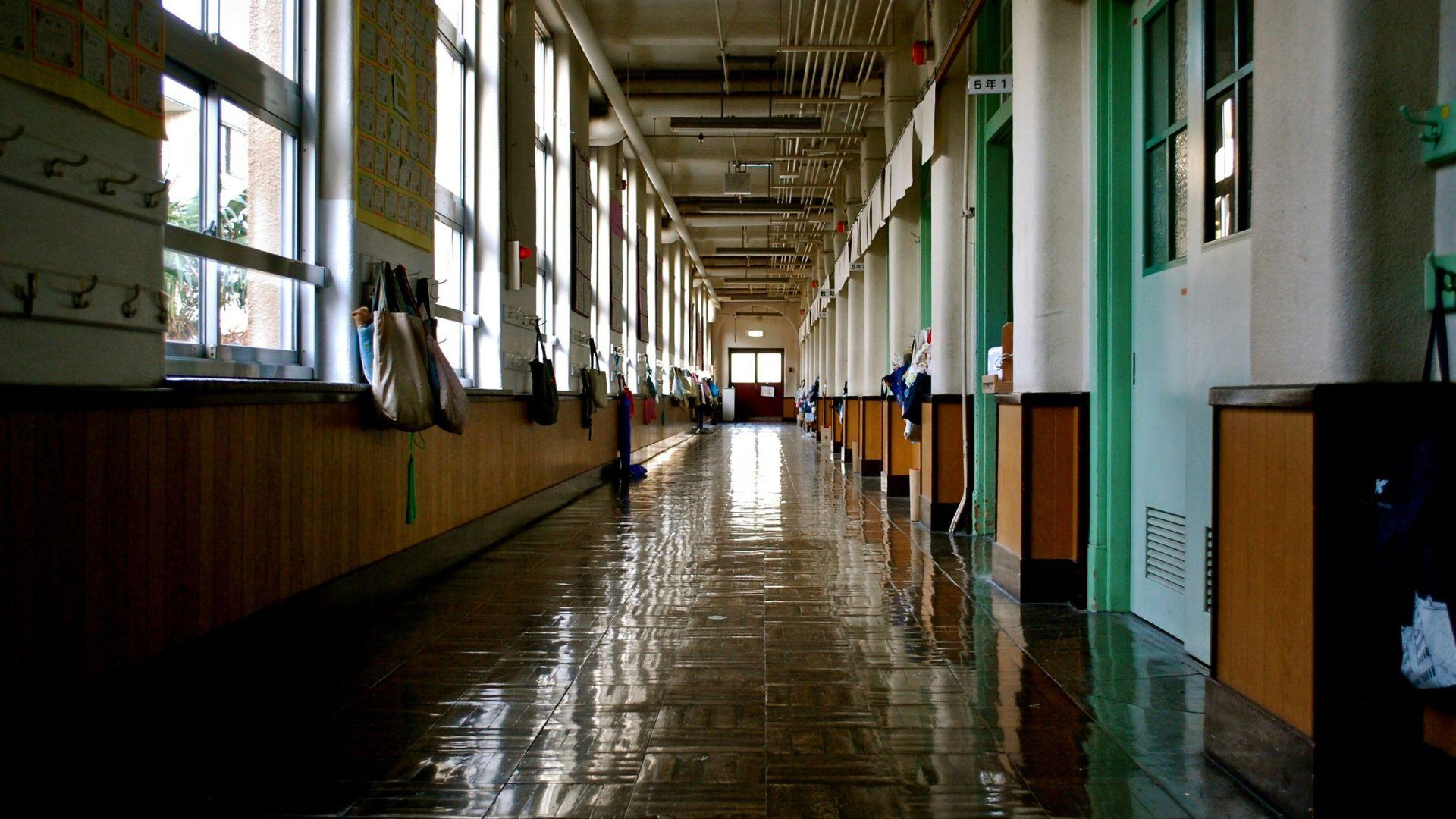
Dress code disputes can distract from educational goals, creating a contentious school environment. These conflicts often shift focus from learning to enforcement, straining relationships between students and administrators.
Schools that adopt flexible dress codes can reduce such tensions, allowing educators and students to concentrate on academic and personal growth.
Impact on School Climate
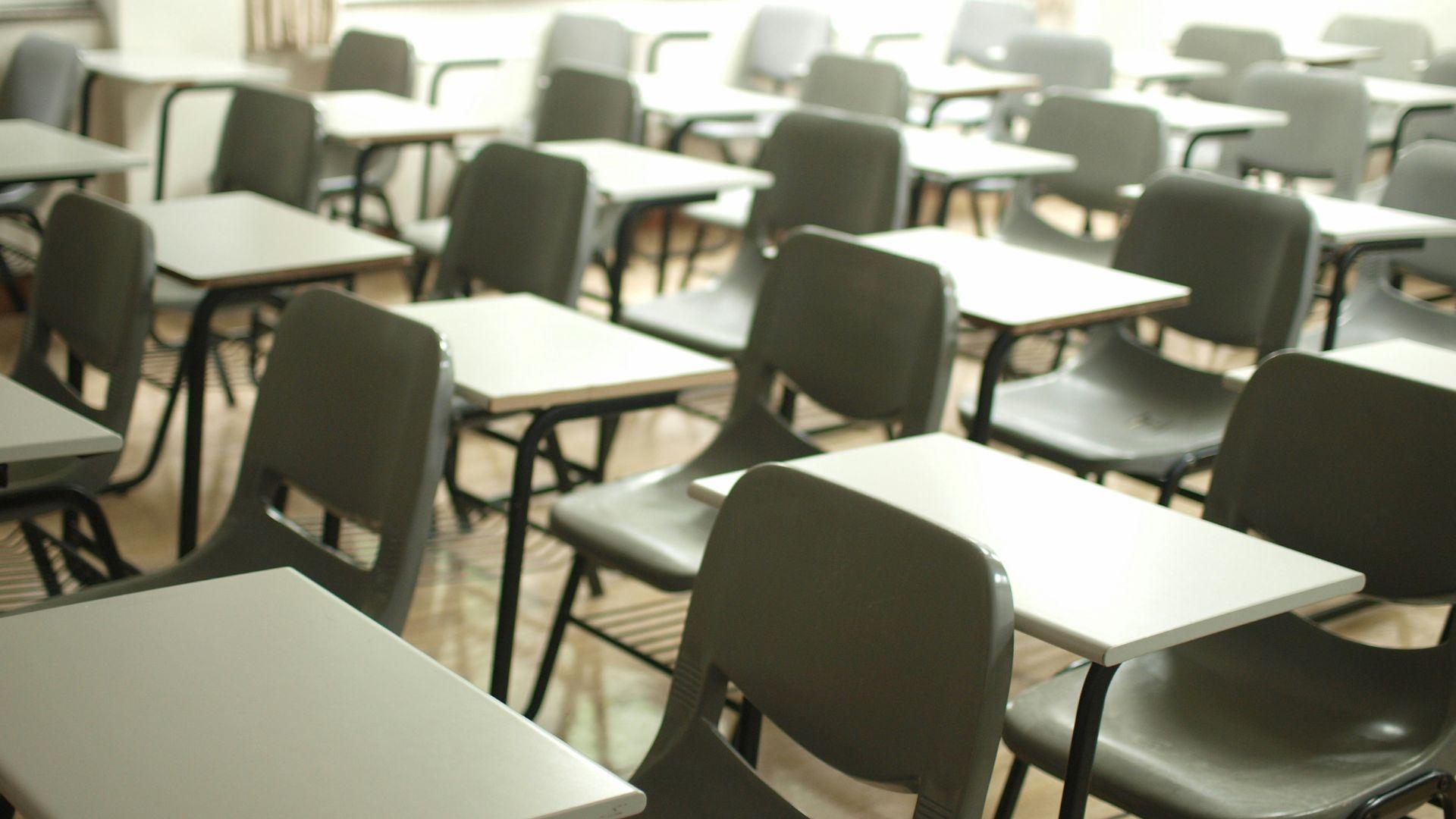
Strict dress codes can contribute to a hostile school climate, where students feel policed rather than supported. Conflicts over attire can erode trust and respect between students and faculty.
Embracing more inclusive policies can improve the overall atmosphere, fostering a sense of community and mutual respect within the school.
Global Perspectives on Dress Codes

Globally, school dress codes vary widely, reflecting cultural and societal norms. In some countries, gender-neutral uniforms are the norm, promoting equality and inclusivity.
Comparing these approaches to the more rigid policies often found in U.S. schools highlights the potential for more progressive and flexible dress code policies that respect individual expression.
Cultural Influences on Dress Codes

Cultural values significantly influence school dress codes worldwide. For instance, traditional attire may be incorporated into school uniforms, allowing students to express their cultural identity.
These practices demonstrate how dress codes can be both respectful of tradition and inclusive of individual preferences, offering valuable lessons for schools aiming to update their policies.
Inclusivity in International Schools
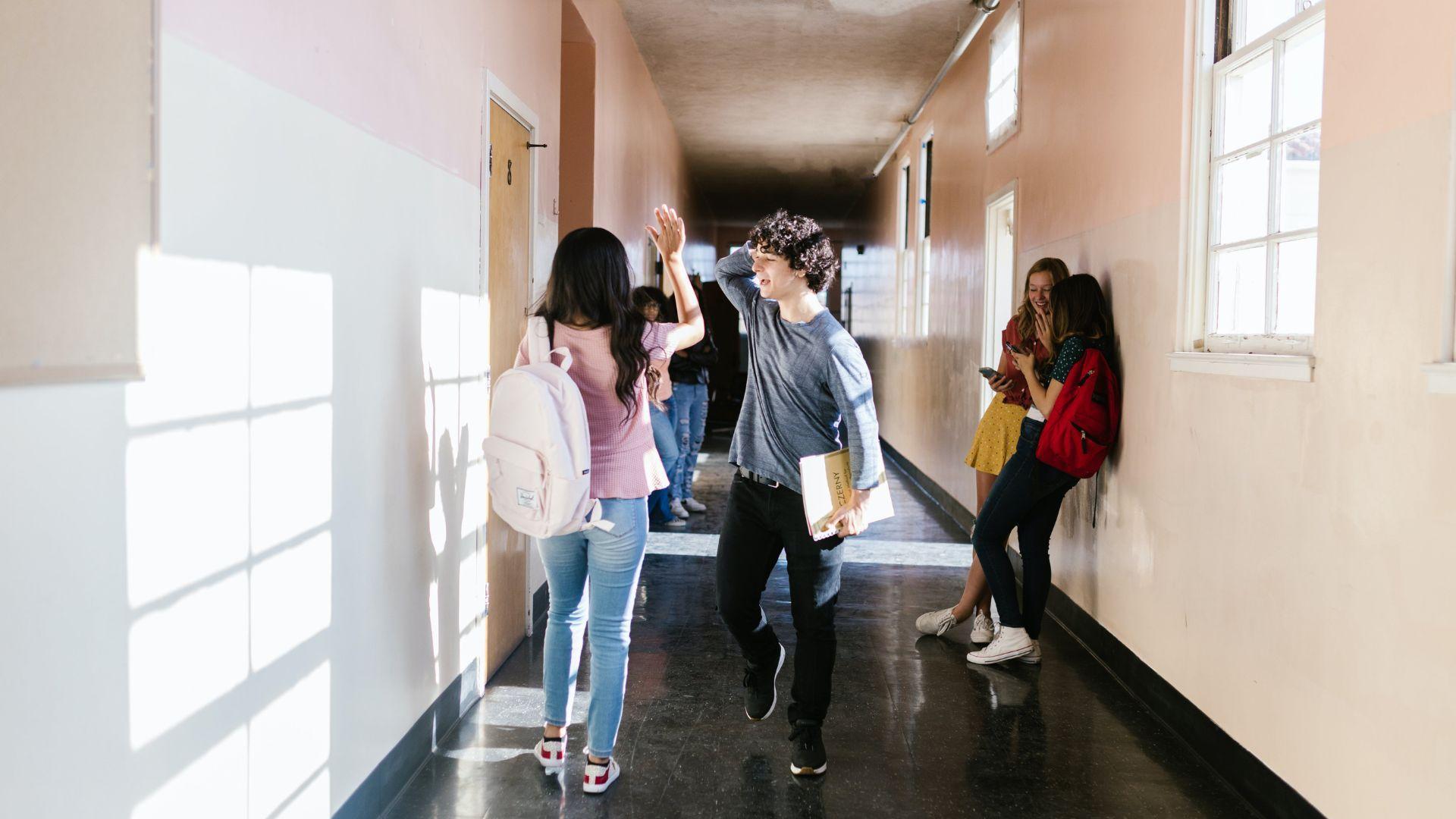
International schools often lead the way in adopting inclusive dress codes. By catering to diverse student populations, these schools recognize the importance of accommodating various cultural and personal identities.
Their flexible policies serve as models for other educational institutions, showing that inclusivity and respect for individuality can coexist with formal dress standards.
Moving Toward Inclusive Dress Codes

The trend toward inclusive dress codes is gaining momentum, driven by legal challenges, cultural shifts, and advocacy from the fashion industry.
By adopting more flexible policies, educational institutions can create environments that support and celebrate diversity, ensuring all students feel valued and accepted.

